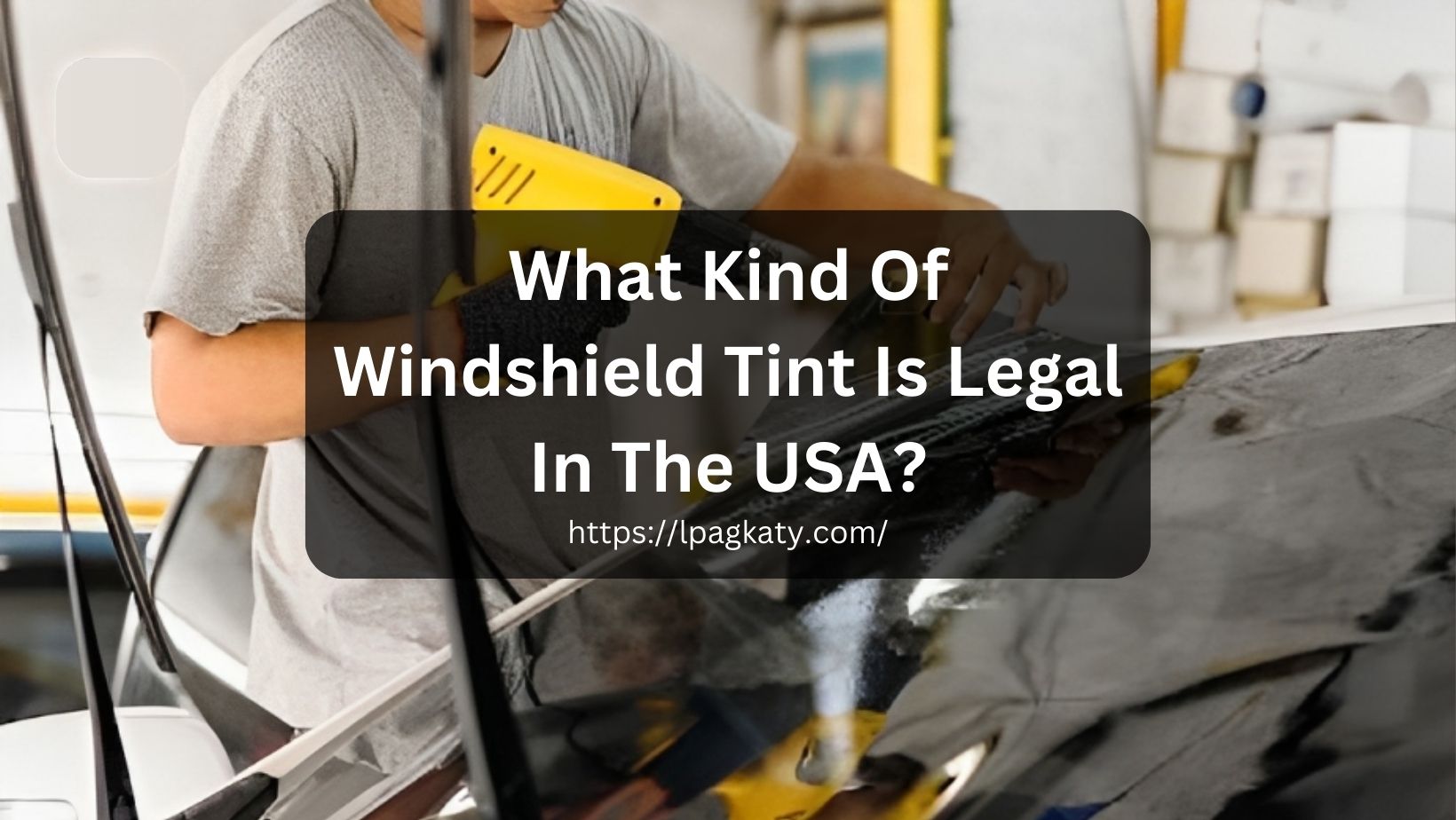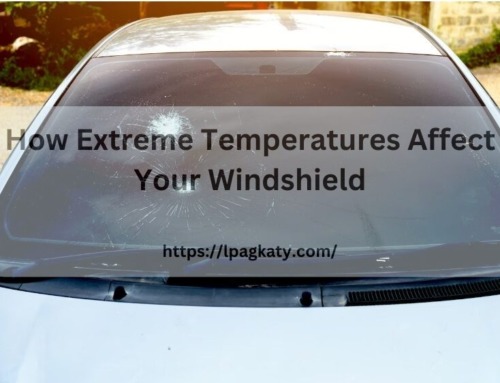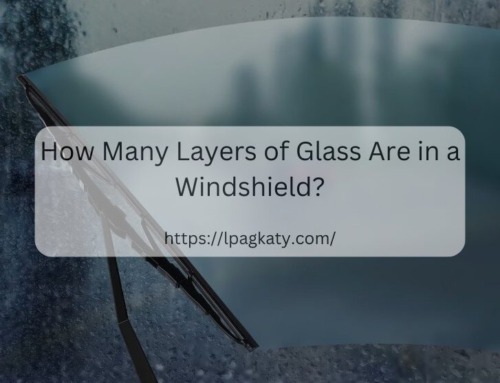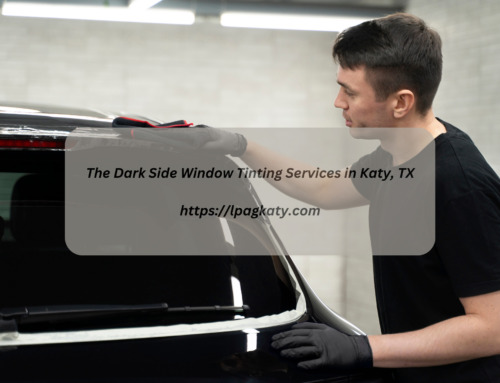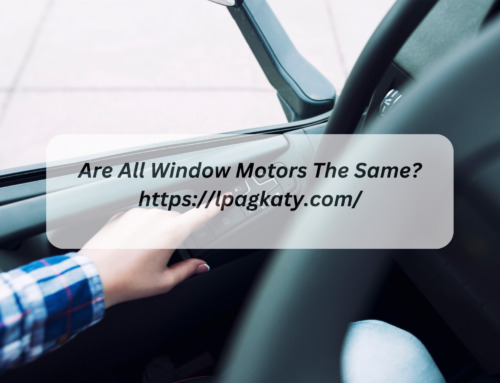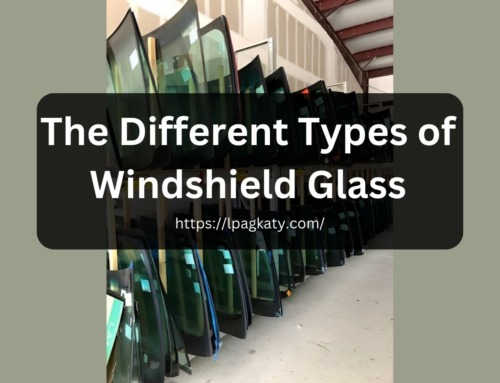Car window tinting is something that some states in the United States take very seriously. This article will give you all the information you need to know about window tinting laws!
There are many reasons why people choose to tint their car windows, ranging from a better view to the appearance of the car.
However, before you tint even one car window, you must know your state’s tinting laws. Those who break the law by tinting their windows darker than the rules often end up paying hundreds of dollars in tickets and fines at the hands of law enforcement officers.
This article will review state-specific windshield tint laws and how they differ from state to state.
Windshield Tinting Laws By State
Window tint laws vary greatly, so it is critical to understand yours before tinting. Any professional should be able to tint your car following state laws, but we recommend familiarizing yourself with them.
Let us look at some of the states and their tinting laws!
New Mexico Window Tinting Laws
New Mexico passed car window tinting legislation in 1997. The maximum amount of sunlight that can pass through the film and glass of a vehicle in New Mexico is particular and differs for sedans, SUVs, and vans.
Tint Darkness For Sedans:
- Windshield: Non-reflective tint can extend beyond the AS-1 line or top 5 inches.
- Front windshield tint darkness limits: Let in at least 20% of the light.
- Backside windows: Must let in at least 20% of the light.
- Rear window: More than 20% of light must enter.
Tint Darkness For Suvs And Vans:
- Windshield: Non-reflective tint can extend beyond the AS-1 line or top 5 inches.
- Front Side windows: Must let in at least 20% of the light.
- Backside windows: Any level of darkness is acceptable.
- Rear Window: There is no limit to the darkness.
Texas Window Tinting Laws
Texas enacted car window tinting legislation in 2009. In Texas, the percentage of light allowed through your film and glass is precise and differs for sedans, SUVs, and vans.
Tint Darkness For Sedans:
- Windshield: Only a maximum of 25% VLT tint above the manufacturer’s AS-1 line or the top 5 inches of the windshield and no more than 25% reflection.
- Front windows: Must let in at least 25% of the available light.
- Rear windows: The degree of darkness can vary.
- Backside windows: Any amount of darkness is permissible.
Tint Darkness For Suvs And Vans:
- Windshield: Only a maximum of 25% VLT tint above the manufacturer’s AS-1 line or the top 5 inches of the windshield and no more than 25% reflection.
- Front windshield tinting: Let in at least 25% of the available light.
- Rear windows: Any level of darkness is acceptable.
- Backside windows: Any amount of darkness is permissible.
Oklahoma Window Tinting Laws
Oklahoma enacted car window tinting legislation in 2005. In Oklahoma, the percentage of light allowed through your film and glass is precise and differs for sedans, SUVs, and vans.
Tint Darkness For Sedans:
- Windshield: Non-reflective tint can’t be extensive above the manufacturer’s AS-1 line or top 5 inches.
- Front Side windows: Must let in at least 25% of the light.
- Backside windows: Must let in at least 25% of the light.
- Rear window: Must let in at least 25% of the light.
Tint Darkness For Suvs And Vans:
- Windshield: Non-reflective can’t be extensive above the manufacturer’s AS-1 line or the top 5 inches.
- Front Side windows: Must let in at least 25% of the light.
- Backside windows: Any type of darkness is possible.
- Rear Window: There is no limit to the darkness.
Louisiana Window Tinting Laws
Louisiana passed window tinting legislation in 1993. The percentage of light allowed through the glass and film on your vehicle in Louisiana is precise and differs between sedans, SUVs, and vans.
Tint Darkness For Sedans:
- Windshield: Non-reflective tint extends beyond the manufacturer’s AS-1 line or the top 5 inches.
- Front Side windows: Need to let in at least 40% of light.
- Backside windows: Must let in at least 25% of the light.
- Rear Window: must let in a maximum of 12% of the light.
Tint Darkness For Suvs And Vans:
- Windshield: Non-reflective tint extends beyond the manufacturer’s AS-1 line or the top 5 inches.
- Front Side windows: Must let in at least 40% of the light.
- Backside windows: Any level of darkness is acceptable.
- Rear Window: Any degree of darkness is acceptable.
Arkansas Window Tinting Laws
Arkansas passed car window tinting legislation in 1993. In Arkansas, the percentage of light allowed through your film and glass is very specific and differs for sedans, SUVs, and vans.
Tint Darkness For Sedans:
- Windshield: Non-reflective tinting can’t exceed the top 5 inches of the windshield.
- Front Side windows: Must let in at least 25% of the light.
- Backside windows: Must let in at least 25% of the light.
- Rear Window: Must let in at least 10 percent of the light.
Tint Darkness For Suvs And Vans:
- Windshield: Non-reflective tinting can’t exceed the top 5 inches of the windshield.
- Front Side windows: Must let in at least 25% of the light.
- Backside windows: Must let in at least 10% of the light.
- Rear Window: Must let in a minimum of 10 percent of light.
Tip: When tinting your windshield, never skimp on the quality of the tint. Also, only hire professionals who never compromise on tinted windshield safety standards.
Where Can You Get Window Tints?
Do you want UV protection with windshield tint to extend the life of your upholstery? Are you looking for someone to install legal windshield tint professionally on your vehicle? Then you’ve come to the right place. Low Price Auto Glass might be what you’re looking for. Since 1988, we have been providing comprehensive auto glass services to Texas and its surrounding areas. We provide you with peace of mind by following tinting windshield procedures that fully comply with all motor vehicle safety standards and the manufacturer’s guidelines for your vehicle.
Our top priorities are always safety and quality. We will gladly beat any advertised pricing in the Katy and West Houston areas for all vehicles, particularly fleet vehicles! Our technicians are experts, trained, and certified. Every windshield we install is covered by our Lifetime Warranty. Do you want to learn more about us? For more information, please get in touch with Low Price Auto Glass and schedule a free consultation today.
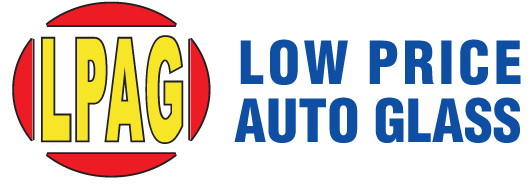
 (832) 919-8884
(832) 919-8884